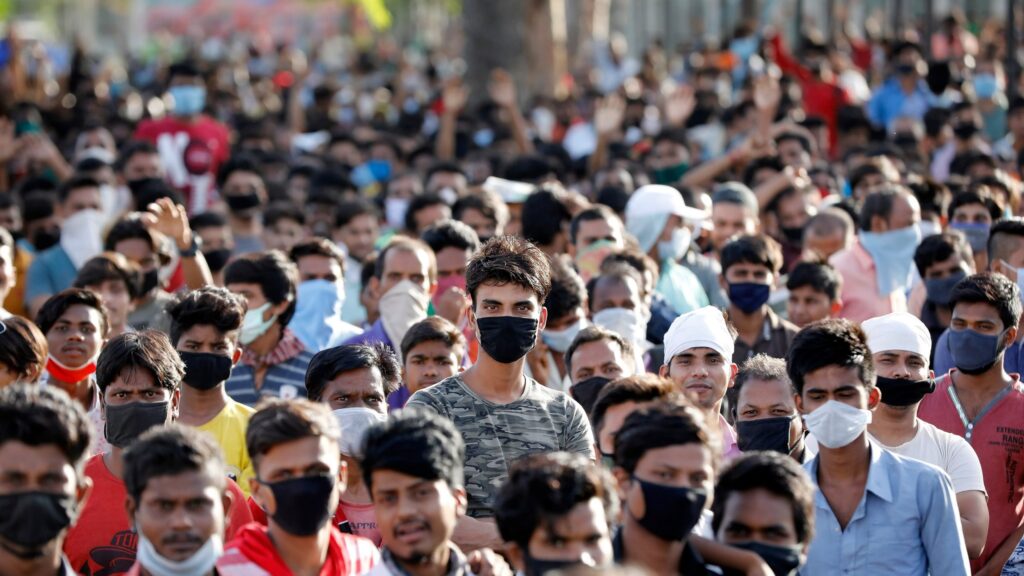The Ministry of Statistics and Programme Implementation released data indicating a decline in India’s urban unemployment rate from 6.8% in January-March to 6.6% in the initial quarter of the fiscal year 2023-24. The data, a component of the quarterly Periodic Labour Force Survey (PLFS) concentrating on urban areas, employs the Current Weekly Status (CWS) to assess unemployment. According to this criterion, an individual is classified as employed if they worked for at least one hour in the seven days preceding the survey.
During the April-June period, the rate decrease was accompanied by a positive shift in the Labour Force Participation Rate, which increased to 48.8% from the previous quarter’s 48.5%. Notably, the male Labour Force Participation Rate remained steady at 73.5%, while there was a significant 50 basis points rise for females, bringing their participation rate to 23.2%. These findings suggest a nuanced trend in the labor market dynamics, signaling improvements in both unemployment rates and workforce engagement, particularly among females.
also read: Lahore mafia leader Ameer Balaj Tipu shot at a wedding
Regional Disparities in Urban Unemployment Rates Amidst Overall Decline
Additionally, even though the rate for urban areas was at the lowest level since the launch of the PLFS bulletin in 2018, nearly 14 states recorded a higher urban unemployment rate than the national average. Some states/UTs surpassed the national average unemployment rate, including Himachal Pradesh (13.8%), Rajasthan (11.7%), Chhattisgarh (11.2%), Jammu and Kashmir (10.9%), and Kerala (10%). On the other hand, several states/UTs posted lower-than-national average unemployment rates, such as Delhi (2.7%), Gujarat (2.8%), West Bengal (4.4%), Bihar (6.1%), Maharashtra, and Haryana (6.5% each).
The labor force defines the unemployment rate as the percentage of individuals lacking employment. The Current Weekly Status (CWS) methodology gathers urban unemployment statistics by categorizing individuals as unemployed if they did not engage in any work for at least one hour throughout the week but actively sought employment or were available for work during that timeframe. The CWS approach suggests, that the labor force comprises the average number of individuals who were either employed or unemployed in the week preceding the survey date.
also read: India’s unemployment rate inches higher for the second consecutive month











More Stories
Kedarnath Helicopter Crash: ‘हेलिकॉप्टर थोड़ा मुड़ा, पीछे की तरफ गया और फिर…’, सामने आया हादसे का असल कारण
PM Modi In Ahmedabad: एअर इंडिया विमान हादसे की जगह पर पहुंचे प्रधानमंत्री; मंत्री-अधिकारियों से ली जानकारी
Air India Plane Crash in Ahmedabad: One survivor found, 241 passengers feared dead